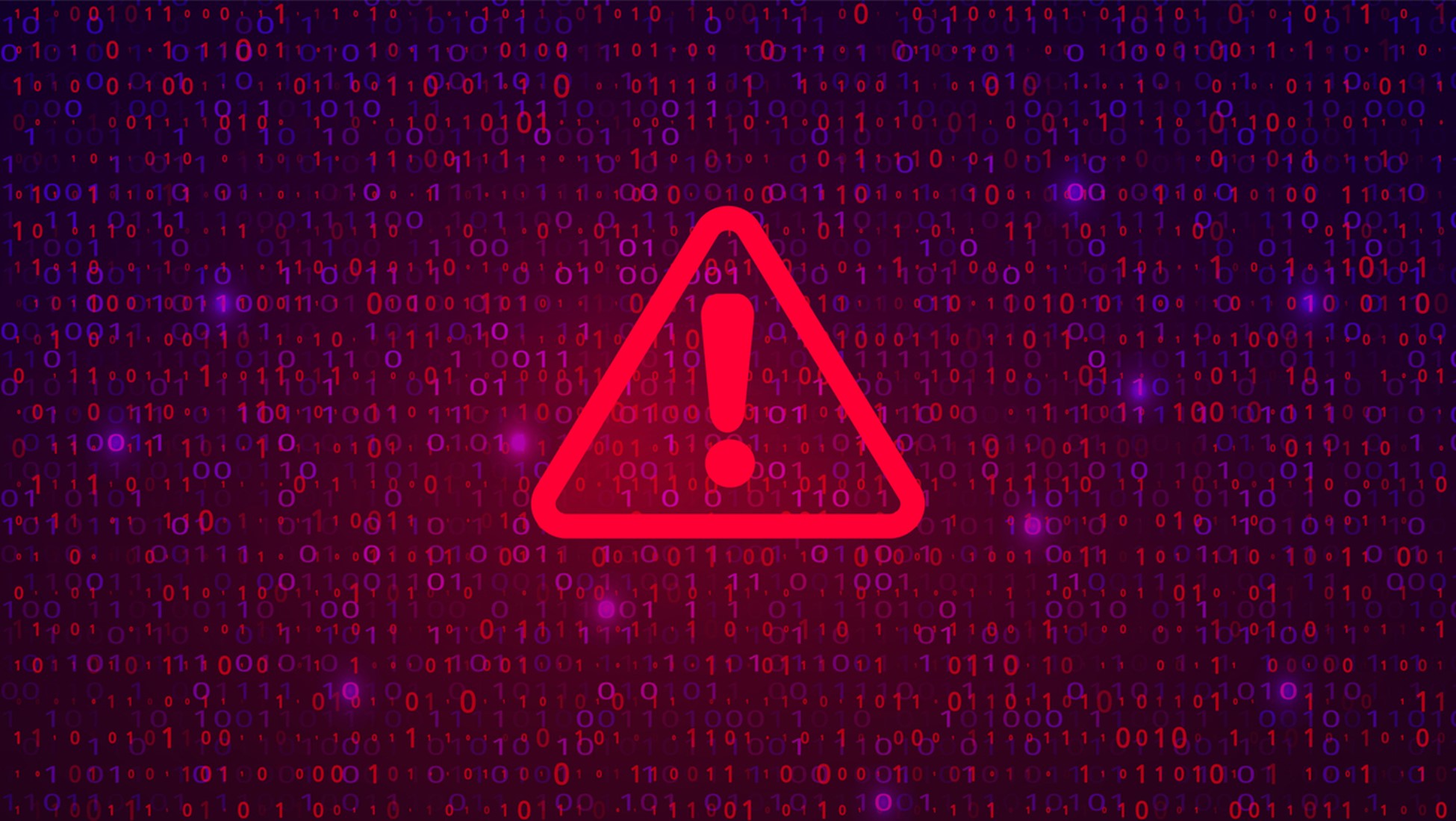
Photo credit: iStock
By Brittany Fugate, CEO at Cenetric
When it comes to data breaches, there are plenty of things to consider. Cyber crimes have drastically increased in recent years, leaving businesses of all sizes as vulnerable as ever.
While there’s no way to completely avoid data breaches, there are plenty of things to do to prepare your company to be able to respond quickly and minimize the damages.
Call your cyber insurance provider
The moment you know about or suspect a breach, contact your cyber insurance provider. They’ll be the best ones to advise you about how to minimize the damage and get back on track.
Don’t have a cyber insurance provider? Get one. Today. Really, right now!
If you don’t have a provider yet but you’ve been hit by a breach, you can start with the steps below. (And remember, Cenetric is here if you need us!)

Photo credit: iStock
Within the first 24 hours
As with most crimes, the first 24 hours following the incident are the most important. Your cyber insurance provider will talk to you about most of the items below, but even if you do have a policy, it’s worth knowing how to prepare for your call with them.
Within the first 24 hours after a cybersecurity breach, you should:
- Record the time of the incident and/or when you became aware of it. Take note of who discovered the breach, when and where they discovered it, as well as the type of breach that occurred.
- Alert your employees so they don’t take any actions that make the breach worse.
- Preserve evidence by securing the area (physical or digital) in which the data breach was initiated.
- Prevent further data leaks from occurring by locking down all equipment that was involved in the breach.
- Since data breaches are complex and can be caused or initiated by virtually anyone for any reason, make sure you interview everyone who was involved in any capacity. You want to have all the details to move forward and fix the issue as soon as possible.
- Contact law enforcement. Depending on the severity of the breach, you may want to contact law enforcement. Your cyber insurance provider will advise you about whether this is necessary.
Next Steps
For the greatest efficiency and fastest return to normal, your cyber insurance provider is the best guide for your next steps after the first 24 hours. However, Cenetric has worked in conjunction with cyber insurance companies before on the cleanup after an incident — we can help you with the technical steps here whether you have cyber insurance or not.
- Identify and remove all malicious software.
- Conduct forensic research to better understand why the breach happened and to prevent it from happening again in the future.
- Review and fulfill all legal and regulatory obligations for notification of various parties.
- Eliminate any activities that might conflict with recovery efforts, such as rolling out new software or moving to the cloud.
- Ensure all team members have been educated about the breach to ensure they’re doing their part to help with prevention.
Overall, data breaches hurt your business and are difficult to repair. However, by having cyber insurance (as well as a business continuity plan and disaster recovery plan) in place, you can minimize the damage and prevent the issue from happening again.
Cenetric can help you prevent or recover from cyber disasters
When it comes to cybersecurity, there’s a lot to absorb and understand. Without the right security measures, you could be the next victim of quishing, phishing, ransomware and whatever the cybercriminals are thinking up next.
Cenetric experts can help you put the right protections in place and train your team to watch out for them. We have the experience to get — and keep — you covered when it comes to cybersecurity. Let’s talk about your needs today.
